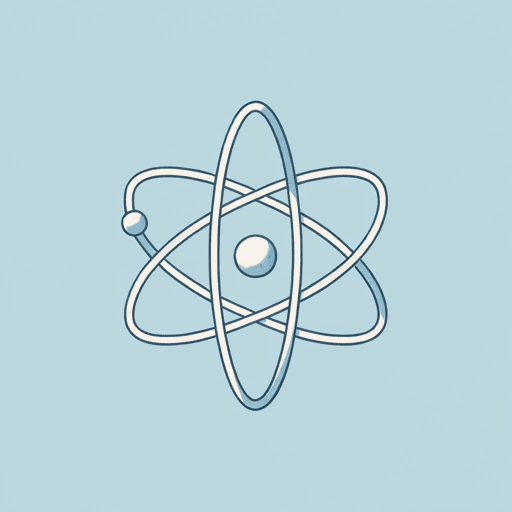46 pages • 1 hour read
LucretiusOn The Nature Of Things
Nonfiction | Essay Collection | Adult | Published in 1910A modern alternative to SparkNotes and CliffsNotes, SuperSummary offers high-quality Study Guides with detailed chapter summaries and analysis of major themes, characters, and more.
Book IIChapter Summaries & Analyses
Book II Summary
The primary focus of this book is establishing the properties of atoms in greater depth, picking up from the basic argument of Book I.
Lucretius begins by reflecting that the only happy life is that of the Epicurean; nature only requires that “the body may be rid of pain, and that the mind, divorced from anxiety and fear, may enjoy a feeling of contentment” (Book II, lines 35-6; pages 18-19). Epicureans set their minds at ease by understanding the workings of the natural world, which frees them from the fear of the unknown.
Lucretius launches into his examination of the atom by investigating atomic motion. Atoms are in constant motion: they are thrown in different directions by collisions with other atoms, and by their own spontaneous swerves. They coalesce into larger objects when they find themselves bouncing rapidly between other closely-packed atoms. Our world is the result of these random atomic motions, and it is senseless to attribute it to the work of gods. Furthermore, there is an infinite amount of matter in our infinite universe, and the motion of atoms will never end.
We move on to the shape of atoms: “since the supply of atoms is.

